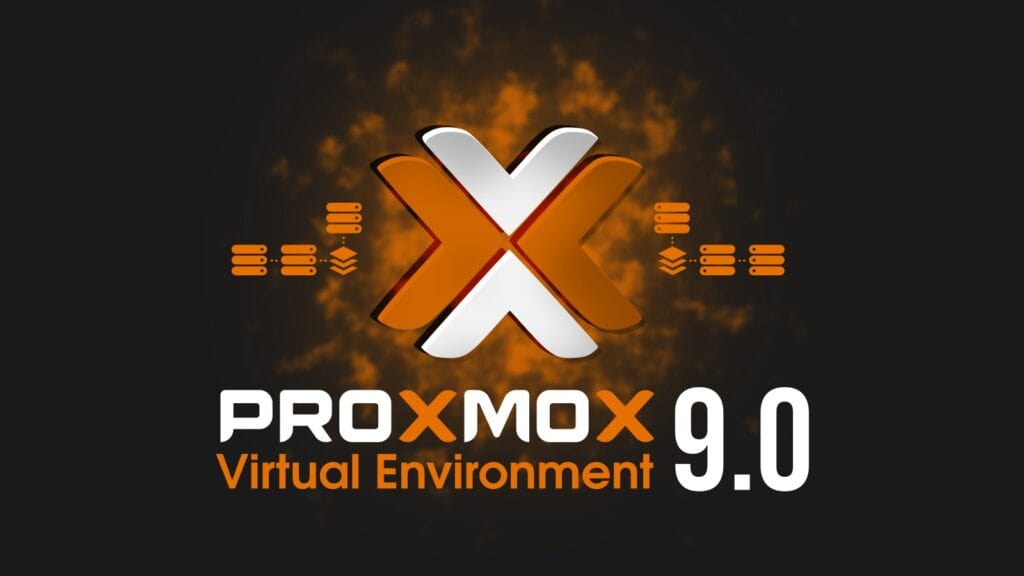Almost four months after the previous 8.4 release, Proxmox, a powerful, free, open-source virtualization platform with over 1.6 million installed hosts worldwide, unveiled its latest version, Proxmox Virtual Environment 9.0.
Moving on to the most striking highlights, this major update is based on the upcoming Debian 13 “Trixie,” bringing newer packages, security hardening, and broader device support, plus Linux kernel 6.14 is the default now. Key virtualization and storage components are bumped as well:
- ZFS 2.3.3 (now supporting add-on devices to existing RAIDZ pools with minimal downtime)
- QEMU 10.0.2
- LXC 6.0.4
- Ceph Squid 19.2.3
One of the most requested capabilities is also here: snapshot support for VMs on thick-provisioned LVM shared storage, including iSCSI and Fibre Channel SANs. Proxmox implements this via volume chains, where a child volume tracks differences from its parent snapshot.
Additionally, the same snapshot-as-volume-chain model extends to Directory, NFS, and CIFS backends, giving admins a storage-vendor-independent way to manage snapshots without leaning on clustered filesystems or proprietary hooks.
On the networking side, Proxmox introduces SDN Fabrics to simplify building routed, resilient topologies—think two-layer spine-leaf designs with multipath between nodes and automatic NIC failover. The SDN stack now supports dynamic routing via OpenFabric and OSPF, making it easier to stand up EVPN underlays or Ceph full-mesh networks.
High Availability clusters gain HA Resource Affinity Rules, offering fine-grained control over how workloads are distributed. For example, a database and its application server can be pinned to the same node for minimal latency. At the same time, redundant mission-critical services can be spread across nodes to maximize fault tolerance.
Lastly, the mobile interface has been completely reworked using the Rust-based Yew framework and the new Proxmox widget toolkit. It now offers quick service overviews, guest start/stop controls, and basic configuration—making it far easier to manage VMs on the go from any mobile browser.
Check out the announcement or review the full changelog for the complete list of changes.
Proxmox Virtual Environment 9.0 is available for download at Proxmox’s official site. The ISO includes the complete feature set and is ready for installation on bare-metal servers. For those of you with plans to upgrade from Proxmox VE 8.4 to 9.0, here’s the official documentation.

Complete feature-set” and stable, tested, reccomended packages are for paid subscribers only
Subscribers can’t redistribute FOSS packages by agreements
Tools for building the ISO are not public
Tecnically violate GPL2 for the kernel since don’t distributes the source; no deb-src but can be still obtained with https://github.com/proxmox/pve-kernel (this is due to using git submodules instead of commiting the source)
kernel package include zfs which is object of licensing controversy
https://www.fsf.org/licensing/zfs-and-linux
https://sfconservancy.org/blog/2016/feb/25/zfs-and-linux/
https://github.com/openzfs/zfs/issues/13415